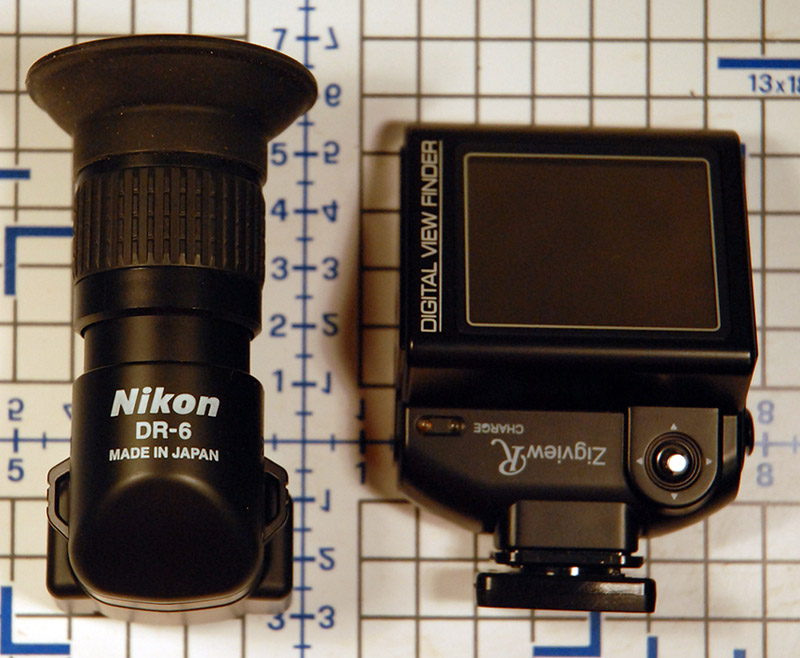
Figure 1. Size of the Zigview and the RA
|
Eyes on the Zigview R Digital Viewfinder Mark Spear, USA |
Face it; those of us with an interest in macro and photomicrography crave gadgets that make good results easy. And one of the puzzling difficulties of most digital SLR cameras is that you canít use the built-in LCD screen to focus and frame a shot. So we find ourselves lying in the dirt to take macro-photographs of subjects close to the ground. Or craning our necks to look down into the viewfinder of a camera attached to the microscope.
So the idea of a digital viewfinder that attaches
to your optical viewfinder and displays images on a small LCD screen
seems worth exploration. The Zigview R from Seculine Co, Ltd is the
only such product I have found to date
(http://www.intro2020.co.uk/pages/zigview.htm
). As a bonus, it comes with some interesting shutter
release controls built-in (more on this later). But, to be
worthwhile it has to compete with the tried and true Right Angle
Viewing Attachment (RA-viewer).
|
|
|
Figure 1. Size of the Zigview and the RA |
|
|
|
Figure 2. Zigview in place. |
The Zigview is a tiny video camera and color LCD screen packaged in a plastic case along with some controls, a battery, and a microchip. It is small and light, and seems well built.
A user-installed adapter clips the unit onto your cameraís eyepiece and the LCD displays a thru-the-lens image. It takes a few minutes to locate the right adapter and attach it to the main unit with tiny screws. Next you run through a setup routine using on-screen menus. This one-time setup procedure allows you to adjust the height and width of the LCDís field so you can see both SLR image and viewfinder readouts. On my Nikon D200 the Zigview attachment is a bit sloppy so you have to watch the screen while carefully positioning the device.
The Zigview kit also comes with a battery, a charger, a cloth case, a tiny screwdriver, and a shutter release cable. You get viewfinder adapters for a number of SLR cameras but make sure your camera is supported before ordering. You also get a very good instruction manual. Everything worked as advertised first time.
Testing the Zigview takes some time since there are a lot of features. The interval shutter release feature wonít impress most owners of high-end cameras. This feature is probably built into your camera already. If not, there are a number of remote shutter releases available with interval timing. The story is the same for the bulb feature.
The motion detecting shutter release is more fun. I have been putting off building a motion sensing shutter release for some time. I was afraid of plugging a home-built circuit into my expensive camera and seeing smoke. So I was eager to try a safer solution.
I arranged a test using some brownies, my dog, and my wife. The Zigview equipped camera captured the action autonomously. And, there are lots of parameters to tweak for different situations. While I question the wisdom of leaving my best camera focused on an eagleís nest or bearís den overnight, some photographers will want to try it. So thatís a point for the Zigview.
Now to address the two most important issues; image quality and ease of use. I set up my camera with Zigview and a macro lens on a copy stand to do some routine work. The Zigview screen was more comfortable to use than the RA viewer. I was able to quickly and easily frame, focus, and shoot. Thatís another plus for the Zigview.
Outdoors the Zigview struggled with some predictable problems. In full sunlight the screen is useless. Under clouds or shade, or even the shadow of your hat, the screen is bright enough. Still, action blurs the Zigview screen. And the image is very poor when shooting in dark conditions. Screen brightness and backlight are adjustable but Ö
I had mixed results with the Zigview on a camera mounted to a microscope. At low power, 50X and under, the image was acceptable. And, the greater working distance between the LCD and your face was a nice feature. You can sit back and comfortably capture images.
At higher powers the Zigview really disappoints. First, the screen is too dark. Second, the image is poor even after tweaking the settings. Third, scrolling the microscope stage while watching the LCD is an extreme sport, not for the faint of stomach. And of course the optical resolution is much better through the RA-viewer than on the Zigview. Thatís a major plus for the RA-viewer.
In the end, the Zigview earned a place in the drawer under the copy stand. The RA-viewer, has a place in my camera bag. The Zigview is a convenience accessory while the RA-viewer is a standard tool. If you want the advanced shutter release features get the Zigview. If you want the cleanest view, stick with the RA-viewer.
The author welcomes comments or suggestions.
Please report any Web problems or offer general comments to the Micscape Editor.
Micscape is the on-line monthly magazine of the Microscopy UK web site at Microscopy-UK.